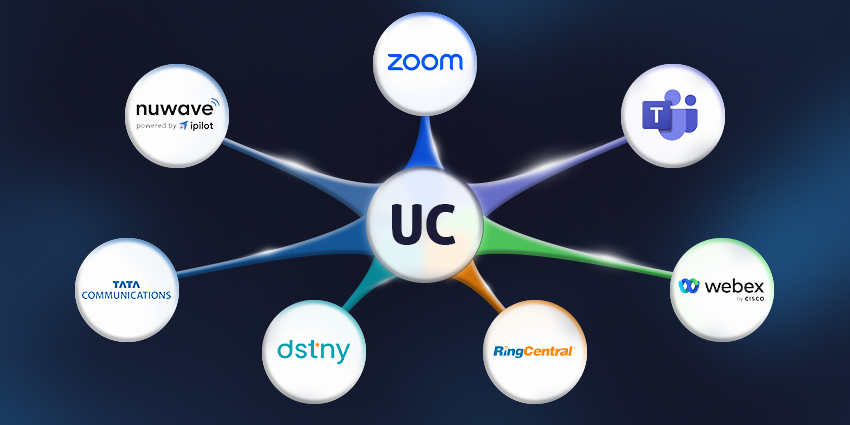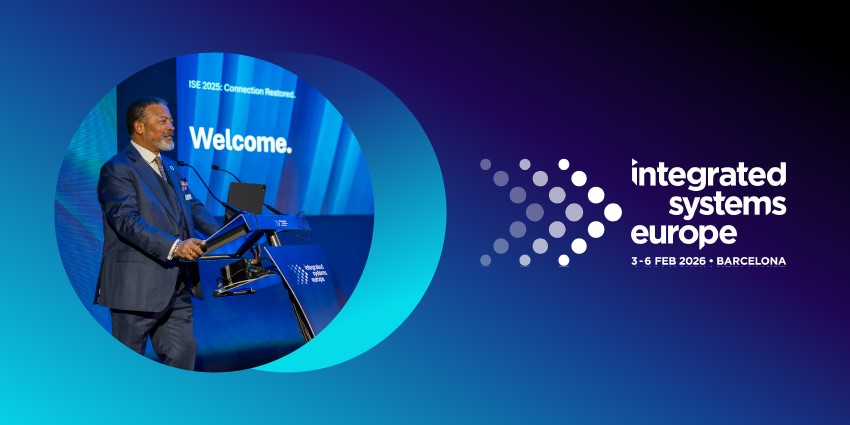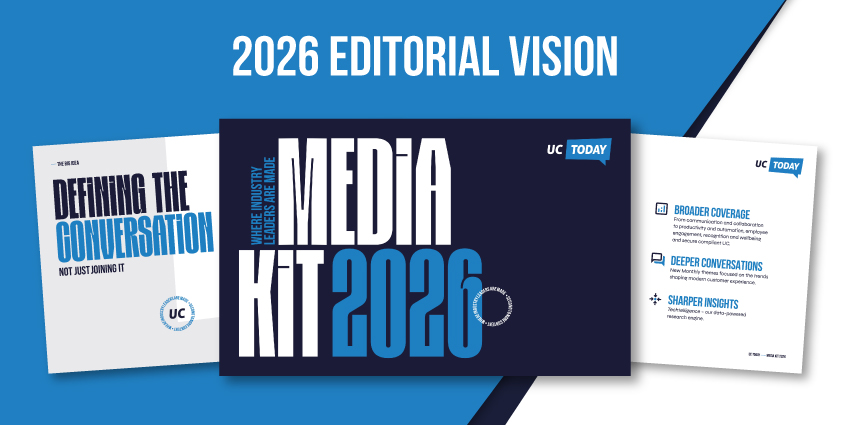The Death of Single-Vendor Lock-In?
The UC Awards 2025 results have delivered a clear verdict: the era of single-vendor platform dominance is officially over. What we’re witnessing isn’t just another award ceremony celebrating innovation—it’s the formal recognition of an industry-wide revolution that’s quietly dismantling the traditional “one platform to rule them all” approach that has dominated enterprise communications for decades.
Zoom’s extraordinary sweep of four major categories—”Most Innovative Product,” “Best UC Platform,” “Best UCaaS Provider – Americas,” and “Best Contact Center Solution”—combined with NUWAVE Communications’ victory in “Best Service Management Platform”, tells a story that goes far beyond simple product excellence. These wins represent the validation of a new paradigm: multi-vendor orchestration is not just the future, it’s the present reality for enterprises that want to thrive in today’s hybrid work environment.
The Single-Vendor Dream That Became a Nightmare
For years, the promise was seductive: choose one vendor, implement one platform, manage one relationship, and all your communication challenges would disappear. Microsoft Teams would handle everything. So would Cisco. Or RingCentral. Or any number of comprehensive UCaaS providers promising end-to-end solutions.
The reality? Enterprise environments are messier, more complex, and more strategically diverse than any single vendor can accommodate. Different departments have different needs. Regional offices require local compliance. Acquired companies bring their own technology stacks. Legacy systems can’t simply be ripped and replaced overnight.
“Most UC projects stall at migration. Rather than forcing customers to choose a platform or manage multiple siloed tools, iPILOT was purpose-built to unify Microsoft Teams, Webex, Zoom, and legacy PBX environments under a single service management experience.” — NUWAVE Communications, UC Awards 2025 Winner
Examining the latest UC trends, this isn’t a technology problem, it’s more of a business reality problem. And the most innovative companies are finally building solutions that embrace this complexity rather than fight it.
How UC Awards Winners Are Leading the Orchestration Revolution
The 2025 UC Awards winners demonstrate three critical trends that signal this fundamental shift:
Platform Interoperability Over Platform Dominance
Zoom’s unprecedented four-category sweep is particularly telling because it represents a platform that has evolved beyond pure video conferencing to become a comprehensive orchestration hub. Rather than trying to replace every communication tool in an organization, Zoom has focused on seamless integration with existing workflows, applications, and even competing platforms.
This strategy directly contrasts with the traditional approach of demanding complete platform adoption. Instead, Zoom recognizes that enterprises need solutions that work within their existing ecosystems, not instead of them.
Service Management as the New Competitive Battleground
NUWAVE Communications’ win in the “Best Service Management Platform” category highlights perhaps the most significant trend: the emergence of dedicated orchestration platforms designed specifically to manage multi-vendor UC environments.
NUWAVE’s iPILOT platform represents what I believe is the future of enterprise communications management. Rather than forcing organizations to standardize on a single vendor, iPILOT provides a unified control plane that can orchestrate Microsoft Teams, Webex Calling, Zoom Phone, and legacy PBX systems simultaneously.
The business impact is staggering: partners using iPILOT report 75% reduction in deployment timelines, 20-35% year-over-year revenue growth, and up to 40% reduction in operational overhead through automation. These aren’t incremental improvements—they’re transformational outcomes that single-vendor approaches simply cannot match.
Embracing Vendor Diversity as Strategic Advantage
The most innovative organizations are discovering that vendor diversity isn’t just a problem to be solved, it’s a competitive advantage to be leveraged. Different vendors excel in different areas. Microsoft Teams dominates in enterprise productivity integration. Zoom leads in user experience and reliability. Cisco excels in network infrastructure and security.
Rather than forcing a lowest-common-denominator choice, orchestration platforms enable organizations to leverage the best capabilities from each vendor while maintaining unified management, compliance, and user experience.
The Economics of Orchestration
The financial argument for multi-vendor orchestration is becoming impossible to ignore. Traditional single-vendor approaches often require:
- Significant migration costs and consulting fees
- Complex licensing negotiations and vendor lock-in
- Compromise on functionality to fit within a single vendor’s capabilities
- Ongoing training and change management for new platforms
Orchestration platforms eliminate many of these costs while providing additional benefits:
- Zero-downtime migrations between platforms
- Flexible licensing that can adapt to changing business needs
- Preservation of existing investments and training
- Reduced dependency on any single vendor for critical communications
One enterprise using NUWAVE’s iPILOT platform saved over $100,000 in annual staffing costs by eliminating the need for specialized Microsoft licensing expertise. These savings compound across multiple vendors and platforms.
What This Means for Enterprise Decision-Makers
If you’re an IT leader, HR professional, or business decision-maker responsible for communications strategy, the UC Awards 2025 results should prompt three immediate actions:
Audit Your Current Vendor Strategy: Are you locked into a single vendor because it was the easiest procurement decision, or because it truly serves your organization’s diverse needs? The most successful organizations are those that can honestly assess where each vendor excels and where they fall short.
Evaluate Orchestration Capabilities: Look for platforms and solutions that can integrate and manage multiple communication vendors rather than replace them. The winners in this space understand that enterprise success comes from coordination, not consolidation.
Embrace Strategic Vendor Diversity: Stop viewing multiple vendors as a complexity problem and start viewing them as a strategic capability. The organizations that can effectively orchestrate diverse technology stacks will have significant competitive advantages over those locked into single-vendor limitations.
The Global Validation
The international scope of the UC Awards 2025 winners reinforces this trend. RingCentral won “Best UCaaS Provider – Global” and “Best Use of AI,” Dstny took “Best UCaaS Provider – EMEA,” and Tata Communications won “Best UCaaS Provider – APAC”. This geographic diversity demonstrates that the shift toward orchestration and integration is happening worldwide, not just in specific markets.
Organizations that can effectively manage and orchestrate these diverse, best-of-breed solutions across different regions and compliance requirements will have significant advantages over those constrained by single-vendor limitations.
Beyond Technology: The Cultural Shift
What’s most fascinating about this transformation is that it’s not just technological, it’s also cultural. The most innovative organizations are moving away from the mindset of “standardization equals simplification” toward “orchestration equals optimization.”
This requires a fundamental shift in how we think about vendor relationships, technology strategy, and operational excellence. Instead of seeking the comfort of single-vendor simplicity, forward-thinking leaders are embracing the strategic advantages that come from thoughtfully orchestrated diversity.
Final Thoughts: The Future Is Already Here
The UC Awards 2025 results aren’t predicting the future, they’re recognizing what’s really happening out there in organizations worldwide. The shift from single-vendor platforms to multi-vendor orchestration solutions is already happening, and the organizations that understand and embrace this trend will have significant competitive advantages.
As someone who thrives on seamless collaboration and has watched countless organizations struggle with the limitations of single-vendor approaches, I’m excited about what this transformation means for the future of work. The technology exists today to create communication environments that are both sophisticated and simple, diverse and unified, flexible and reliable.
The question isn’t whether this shift will happen, we believe it’s already happening. The question is whether your organization will lead this transformation or be forced to follow it.
Ready to join the conversation about the future of unified communications? Connect with 2000+ UC industry professionals in our LinkedIn community and get our weekly industry insights by subscribing to our newsletter. Discover more about innovation in unified communications at the UC Awards.







